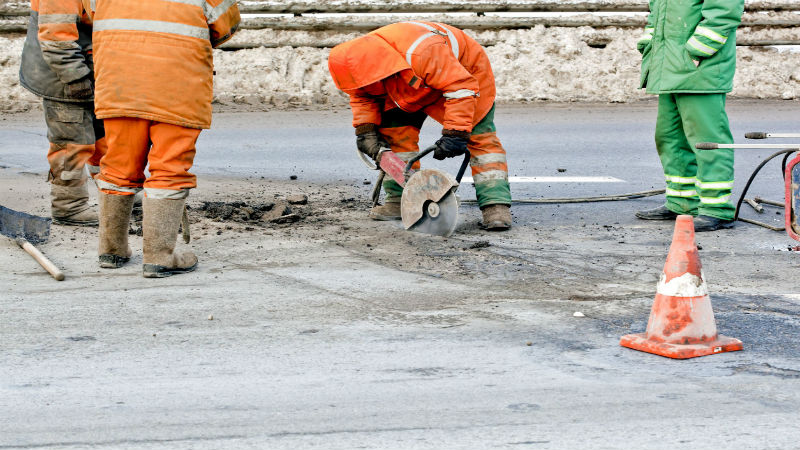As a professional, have you purchased your paint brushes at a home improvement center recently? You can certainly find a vast array of options as you consider different shapes, sizes, materials, bristle types, shapes, and prices. Getting the perfect paintbrush can be just as difficult as selecting the right paint color for the job. High quality paint brushes are essential for producing the results you need for your customers.
You only need a small number of brushes to really handle many types of painting jobs. It’s important to keep a number of things in mind when you consider the paint brushes to purchase for use on jobs.
Bristle Type
There are two basic types of bristles you have with paint brushes – synthetic and natural. Often natural bristles are made from animal hair – for instance, badger or hog hair. Synthetic bristles are usually made from polyester, nylon, or some combination of the two. Synthetic bristle brushes are best used with water-based latex paints. Natural bristle brushes are recommended for oil-based paints.
There are some synthetic high quality paint brushes that can be used to apply oil-based alkyd and latex paints.
Brush Width
Paints brushes are available in a wide variety of widths – often ranging from 1 to 5 inches. Wider brushes allow you to apply more paint per stroke. A good rule of thumb is to select a paint brush that is a little narrower than the surface. You don’t want to unintentionally overlap the edges of a particular surface with an unnecessarily wide brush.
Bristle Shape
Many paint brushes you can find today are square-cut. These brushes are very useful for holding and laying paint on a variety of surfaces. However, they don’t offer optimum control when painting into corners, along narrow surfaces or edges, and up to adjacent surfaces. A sash brush which has bristles formed at a slight angle can give you more control.
Bristle Tips
High quality paint brushes often have bristles with split or flagged ends. Flagged bristles can carry a greater quantity of pain and spread it in a smoother fashion. Sash brushes have tipped ends and should not be confused with flagged ends. Tipped brushes come to a point, unlike a standard straight cut flat brush.
Often, professionals in the industry prefer tipped brushes due to the fact that they provide excellent control and allow high precision application of paint.






